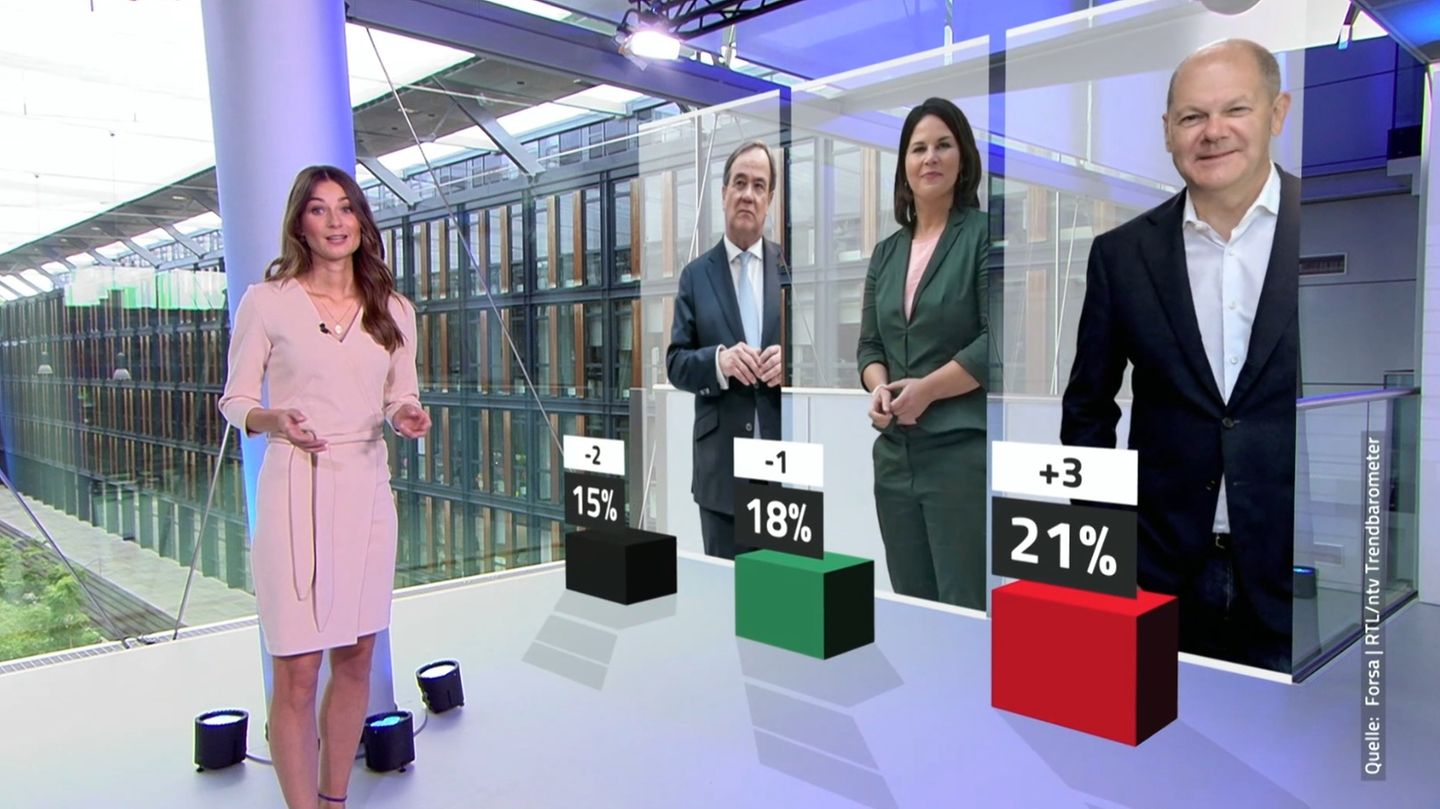David William is a talented author who has made a name for himself in the world of writing. He is a professional author who writes on a wide range of topics, from general interest to opinion news. David is currently working as a writer at 24 hours worlds where he brings his unique perspective and in-depth research to his articles, making them both informative and engaging.
Menu
Federal election 2021: Current trends, surveys and analyzes on video
Categories
Most Read
Gaza agreement: Trump shows understanding for alleged Hamas executions
October 15, 2025
No Comments
Health: What does the last minute operation bring for stable contributions?
October 15, 2025
No Comments
Robert Dorsay: The man who died because of a joke
October 15, 2025
No Comments
Dispute over military service: Coalition enters military service consultations in disagreement
October 15, 2025
No Comments
Child benefit increase in 2026: This is how much money you will get
October 15, 2025
No Comments
Latest Posts

Donald Trump threatens to change venues for the 2026 World Cup and the 2028 Olympic Games due to protests against his government
October 15, 2025
No Comments
PierceI am Pierce Boyd, a driven and ambitious professional working in the news industry. I have been writing for 24 Hours Worlds for over five

the ticket will rise 4.1% in November, while the Government accelerates adjustment on subsidies
October 15, 2025
No Comments
After knowing that inflation was 2.1% in Septemberthe highest since April, the percentage increase in the fares of public transport that circulates through the Buenos

Beauty Advent Calendar 2025: These cosmetic calendars are worth it
October 15, 2025
No Comments
CarolineI’m Caroline, a journalist and author for 24 Hours Worlds. I specialize in health-related news and stories, bringing real-world impact to readers across the globe.
24 Hours Worlds is a comprehensive source of instant world current affairs, offering up-to-the-minute coverage of breaking news and events from around the globe. With a team of experienced journalists and experts on hand 24/7.

